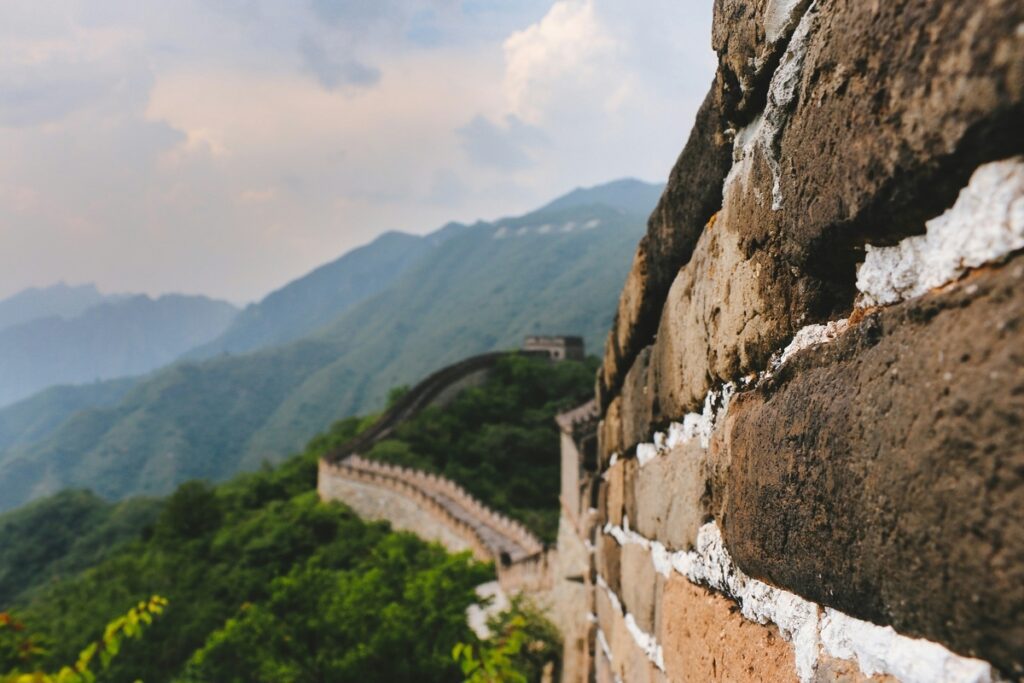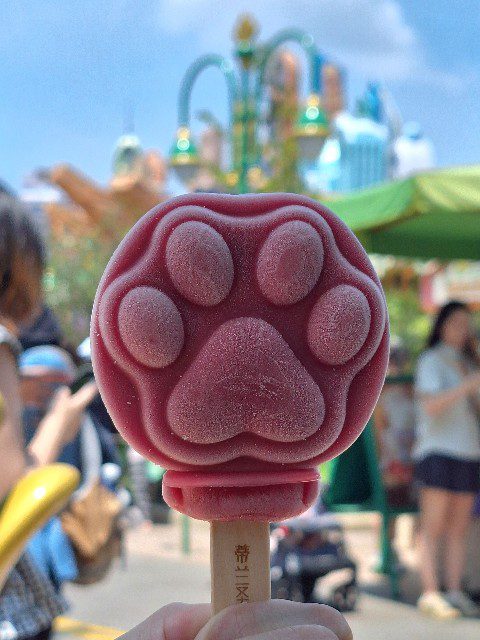In the previous article, I shared the magical nighttime view of the Tulou cluster from the observation deck. This time, I’ll go back a bit and report on my experience with food, accommodation, and daily life at Wenchang Lou, from dinner to the next morning. How close could I get to the everyday life of the Hakka people in this special Tulou space? With excitement and anticipation, I stepped into the courtyard at dusk.
Previous article
Learning Tulou Etiquette at the Table
After exploring the various Tulou buildings and returning to Wenchang Lou, Ms. Huang called out to me, “Cha bu duo hao le!” (It’s almost ready!). Some residents had already begun their dinner in the courtyard at dusk.

When I casually tried to sit down at a table, Ms. Huang hurriedly guided me, “Not that one, this way, this way,” directing me to a different table. Apparently, the tables aren’t for communal use; each is assigned to a specific household. I quickly learned one of the unique rules of this collective housing structure.
Evening Meal: Local Flavors and Spirits

Shortly afterward, I was served “sun gan chao rou” (stir-fried dried bamboo shoots with pork), a local specialty. This is actually a standard dish recommended at various restaurants throughout Nanjing County, but the version at Wenchang Lou was exceptional. The juicy pork fat paired perfectly with the crunchy bamboo shoots. The traditional Hakka-style bold seasoning harmonized wonderfully with the fresh flavor of bamboo shoots that were likely harvested nearby.
Taking advantage of this opportunity, I decided to order some alcohol. When I asked, “Do you have rice wine?” Ms. Huang brought me “bai mi jiu” (white rice wine). One sip revealed it was essentially baijiu (Chinese white liquor). The intense alcohol content that burned my throat immediately woke me up. While baijiu can be found throughout China, this was locally produced white rice liquor.

Ms. Huang then placed a huge two-liter bottle on the table. While I appreciated her warm gesture of “help yourself to more,” I silently thought that just a taste would be sufficient.

The glutinous rice wine brewed in the Tulou that I had been curious about
Next, she recommended I try the glutinous rice wine that I had been noticing around the Tulou. This was equally strong in alcohol content but featured an elegant sweetness and a spicy aroma reminiscent of Shaoxing wine. As I alternated between enjoying the food and drinks, I could hear the cheerful conversations of residents at nearby tables. I’ll share more details about the taste of glutinous rice wine in a separate article.
Entering the Residents’ Living Space

After dinner, the guesthouse owner approached me and treated me to tea. Later, when I went to use the shower room next to the public toilet outside the building, I found it locked. As I stood there confused, a resident’s daughter called out, “Not that one. You can use our shower.”

Kitchen and bathroom area on the first floor of the Tulou
Following her guidance, I was able to enter the first-floor residential area that’s normally off-limits to tourists. This was truly the essence of a homestay experience. The shower room was integrated with the kitchen area, and while slightly retro, it was kept clean.

In budget accommodations around the world, you often find “basic showers with only cold water,” but this was completely different – hot water was readily available. Even more surprising was the warm air dryer available after showering. Overhead warm air helped dry my body—such an innovative facility made me smile. Hidden within this traditional Tulou architecture was unexpected modernity.

Innovative Chinese technology. I’d like one of these at home.
Night in the Tulou: Security and Trust
The communal toilet, originally meant for villagers and not tourists, was specially made available to overnight guests. It wasn’t the unusual structure I had expected, but it was perfectly functional and, most importantly, located just outside Wenchang Lou, making it safe to use at night.

The village’s communal toilet
In fact, the entire Tulou area was surprisingly peaceful, with breakfast ingredients and merchandise left outside – speaking to the impressive level of security. It’s completely safe even for solo female travelers. However, on winter nights it gets predictably cold, so a fleece jacket is essential for trips to the toilet. While there was no heating in the room, the bedding was surprisingly warm, and exhaustion helped me sleep soundly that night.

If you take a walk from night to early morning, you can see breakfast left outdoors
Morning: A Glimpse into Hakka Daily Life

I woke up a bit early the next morning to explore the Tulou with the sunrise, then had breakfast in the courtyard at the appointed time. I was told I could eat indoors if it was cold, but I chose the courtyard. The breakfast included egg pancakes, rice porridge, pickled vegetables, peanuts, and even steamed buns as a bonus – all with gentle flavors that provided a comforting morning meal.

Residents starting household chores early even on weekends
As morning progressed, residents who had slept on the second floor or above gradually came down to the courtyard. The busy morning scene unfolded as people prepared breakfast, did laundry, washed dishes, and brushed their teeth.

The morning concluded with traditional Fujian tea time. Initially, Ms. Huang carefully placed tea leaves, poured hot water, warmed the teaware, and brewed the tea with perfect timing. After a few rounds, she suddenly said, “You know how to do it now! I’m going to eat my breakfast, so do it yourself!” and passed the responsibility to me. I continued to enjoy second and third brews in the Fujian self-service style. The morning passed leisurely as I enjoyed the gradually changing aroma of the tea leaves.
Hakka Life That Stays in Your Heart

My overnight stay at the Tulou became more than just an accommodation experience – it was a precious opportunity to immerse myself in the lives of the Hakka people. While the architectural value as a World Heritage site is magnificent, the living culture that has been passed down through generations may be the true treasure.
During my 24-hour stay, the gradually deepening interactions with residents made this Tulou experience even more special. Ms. Huang’s friendly personality, her daughter’s thoughtful consideration, the owner’s warm hospitality – in the next article, I’ll share more about my interactions with the people I met at Wenchang Lou.





